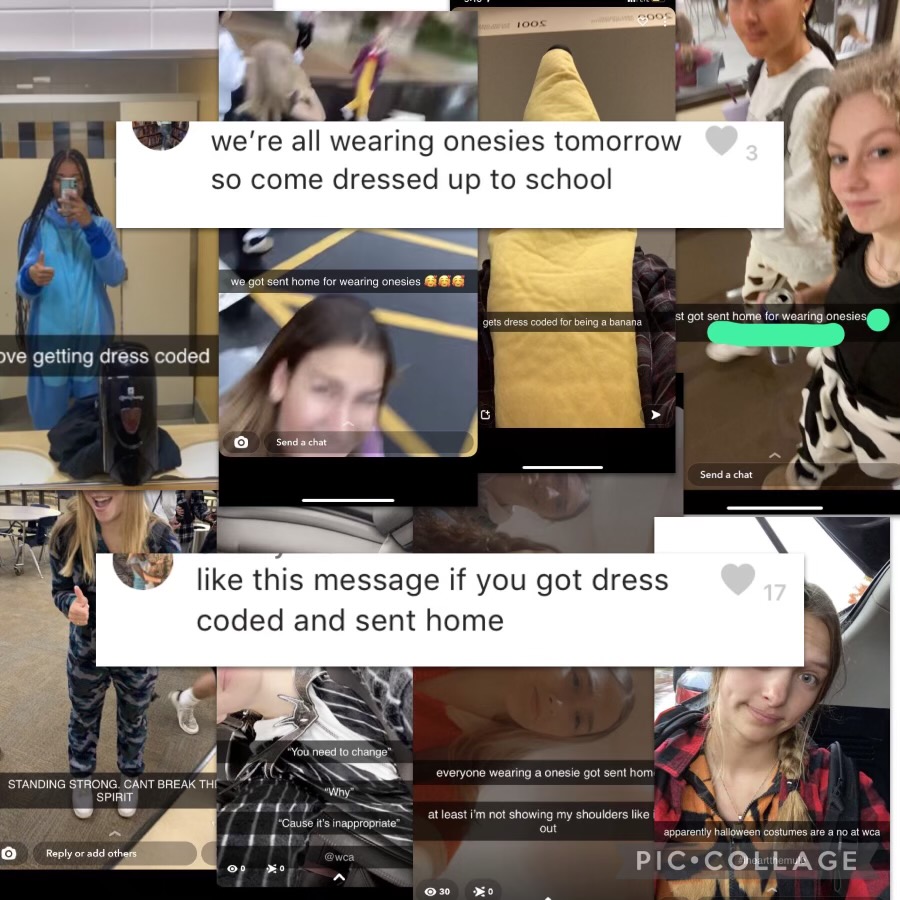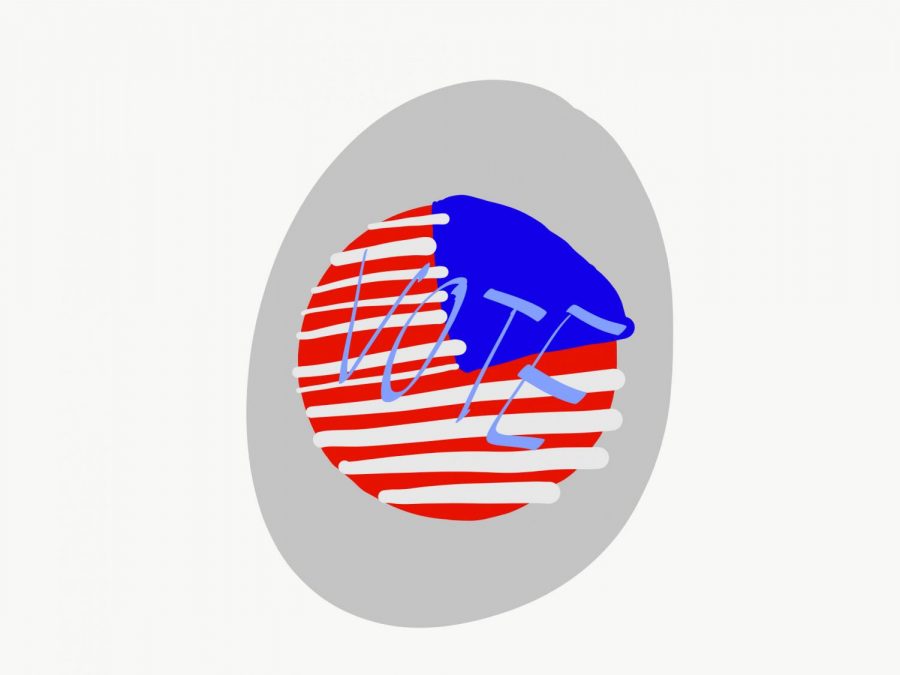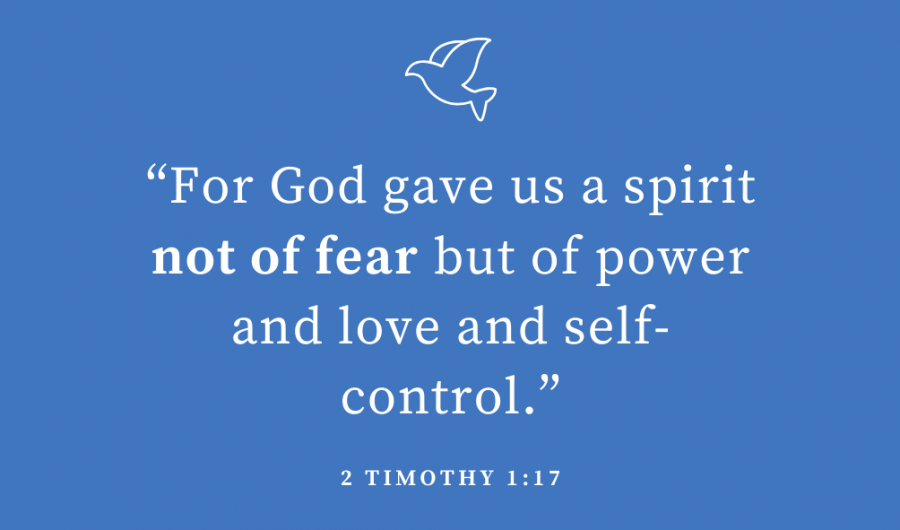There’s an app for that.
Here’s to the innovation of the 21st century- where learning and teaching, discovering and growing, and giving and receiving can occur simultaneously. It seems today that technology can do almost anything. Scientists predict it to exponentially continue to solve problems in the next few years. However, though technology may be seen as the solution to issues, it is not to be relied upon to do so. We still need to accomplish goals and work toward solutions. In light of the “Issue Issue”, we are still required to give and work toward bettering the lives of others. Technology is not a substitute for giving or the solution to end all charitable actions, but rather it should be used as an unprecedentedly helpful tool in working towards eradicating the world of certain issues.
There are three main avenues of doing- giving, learning, and acting. Technology has already infiltrated how we learn through the instantaneous news updates and visual tools. It has affected how we act through apps and how we communicate through texts. But, it has yet to truly transform how we give.
It is first important to acknowledge the growing reliance on the future of technology. According to a recent article in Time called “Singularity” some scientists see technology and humans becoming one. The intertwining of humans and machine would eradicate certain problems that people face such as diseases and memory loss. The goal of a handful of scientists is to even find the cure for old age through technology. However, this does not mean that we should not try to solve problems now because they will eventually be solved. It would not be a waste of time to try to relieve world hunger even though it may seem as though technology will soon be able to eradicate these problems. For example, creating genetically modified wheat to give to all the 3rd world countries could potentially solve hunger. But, even if this were even remotely possible, people are suffering every single day and there is no reason for us to wait until technology solves the problems. Waiting for technology will not be a substitute for service; our service is not nullified by the future of technology.
Though new technology is not an excuse for not giving, it is also not the solution to all problems either. No matter how many new devices and systems are made, there will always be someone to be able to break through or find a way around them. It cannot solve a problem such as abuse, at least without unintended consequences of emotional distress. This demands a different focus on providing emotional help.
Despite the fact that technology is not the substitute or the simple solution for giving, it is not to be seen as incompatible with charity either. Just a few decades ago, giving to charity was either an defined individualistic event of setting aside a portion of one’s money to send to charity or it was an isolated communal event where once a year a town would raise money for charity. Now, it is all of the above- an individualistic, isolated, but communal event. Many times when one goes to the grocery store or a clothing store, the cashier asks the customer to donate a few dollars to charity. Giving online with a credit card is easier than ever as one never even sees the exchange of money. This online giving can also be done on-the-go through cell phones.
Even so, we have not taken technology to its full advantage yet. Through the instantaneous news feeds, twitter updates, and text messages, knowledge and concern for serious issues could be spread like wildfire to friends and family. A single text message to the people on one student’s contact list could create concern in over 100 people. This is not to advocate mass spreading of chain mail, but rather using the technology that we easily have access to for good. Now there is texting to donate money to disaster victims like Haiti and Japan. The Red Cross not only has apps to donate for relief, but free apps that provide awareness of world issues. Take the $1.99 spent on addictive games and donate it toward these funds. Facebook also has groups dedicated to causes known only by a few hundred people out of the millions of Facebook users. Even though it is easy to get overwhelmed by the sheer magnitude and number of problems, one can simply decide to focus on one cause at a time.
The possibilities have increased ten-fold and are at our disposal. And no matter how much one insists that it is of no avail because technology will eventual solve all our problems, we challenge you to say “I can’t wait for that”.
Categories:
Not a Sub or Solution, but a Service
Danielle Cicka
•
March 29, 2011






